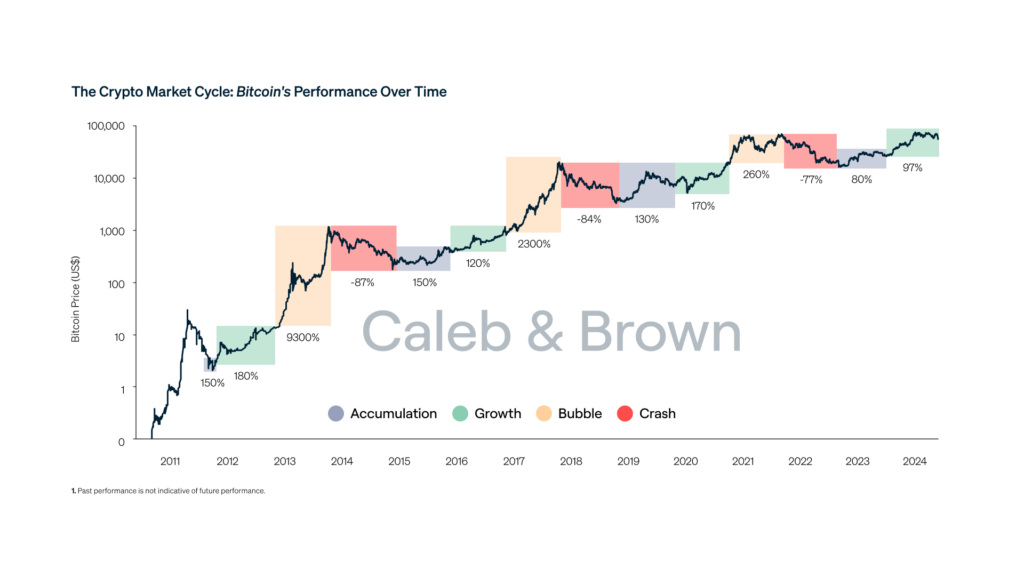Why Bitcoin Drop the leading cryptocurrency, experienced a significant Why Bitcoin Drop in November 2024, leaving many investors questioning the reasons behind this sudden downturn . The decline reflects a combination of market-specific events, macroeconomic factors, and shifting investor sentiment . The Bitcoin price has dropped over 4% hitting an intraday low of $92,785 following several rejections at the $100,000 level . This marks the largest single-day decline for BTC since Donald Trump’s victory in the US elections . Factors contributing to today’s Why Bitcoin Drop include the monthly expiry of Why Bitcoin Drop options, concerns over Trump’s proposed tariffs, partial profit-taking, and ETF outflows .
Trump’s remarks dampened the market optimism on Monday following the appointment of over the last weekend. Bitcoin and altcoins also corrected in Asia’s early trading hours on Tuesday. The recent Bitcoin retreat is “a much needed pullback to work off overbought readings, rather than a reversal lower or anything sinister” said Tony Sycamore, an analyst at IG Australia Pty Market. “It also provides a reminder that markets, even crypto markets, don’t move in straight lines indefinitely .” Trump administration plans to have a operating from the White House that will work on the strategic Bitcoin reserve policy.
Key Reasons Behind Bitcoin’s Decline
- Impact of Spot Bitcoin ETFs The highly anticipated launch of spot Bitcoin exchange-traded funds (ETFs) in the U.S. was initially expected to boost Bitcoin’s price. Instead, it triggered a sell-off as investors cashed out holdings, particularly from Grayscale Bitcoin Trust (GBTC), after its transition to an ETF. The resulting outflow from previously locked-up funds contributed significantly to the selling pressure .
- Macroeconomic Factors Strong economic indicators in the U.S., such as robust GDP growth and declining unemployment claims, dampened Bitcoin’s appeal as a hedge against inflation. With a thriving economy, traditional assets like equities have become more attractive to investors, leading to a reduction in demand for Bitcoin and other cryptocurrencies .
- Market Volatility and Regulatory Concerns Bitcoin’s price often mirrors trends in broader financial markets. Recent corrections in tech-heavy indices like the Nasdaq, driven by uncertainties surrounding AI investments, influenced Bitcoin’s trajectory. Additionally, ongoing legal challenges involving major crypto entities like Bitfinex and Tether further unsettled investor confidence, though the cases do not pose immediate market risks .
- Cybersecurity and External Threats Increased reports of malware targeting crypto wallets, particularly on MacOS platforms, have also created apprehension among retail and institutional investors. Such threats add to the already cautious sentiment in the crypto market .
- Shifting Investor Focus Investors have redirected funds from altcoins and traditional crypto assets toward newly launched Bitcoin ETFs, which have attracted billions in inflows. This reallocation has exacerbated the pressure on Bitcoin and other cryptocurrencies .
What’s Next for Bitcoin?
Short-term traders may fret about Why Bitcoin Drop , but its fundamentals are strong. Market reactions to economic data and new financial tools show its evolving nature. Investor sentiment, regulatory clarity, and macroeconomic changes will undoubtedly affect Bitcoin’s performance. Investors should be cautious and knowledgeable due to the market’s volatility and pace. Get all the information and assess the risks before making any financial decisions.
Many internal and external factors have caused Bitcoin’s price drop today. After U.S. spot Bitcoin ETFs were approved, values plummeted, contrary to expectations. Grayscale’s Bitcoin Trust suffered substantial withdrawals after becoming an ETF, lowering market pressure. Additionally, macroeconomic variables were engaged. U.S. economic statistics, like GDP growth and falling unemployment claims, has made traditional assets more tempting, cutting Bitcoin demand.
Bitcoin’s future depends on market and investor sentiment. Short-term volatility is predicted, but institutional adoption and evolving regulatory frameworks support long-term optimism. However, ignoring cyberattacks and legal issues is unwise. If these issues are rectified, Bitcoin’s value may stabilize or rebound on confidence. However, prolonged uncertainty could worsen things . market participants should move cautiously. Adaptation to financial and technological trends is necessary for the bitcoin ecosystem’s growth.
Bitcoin Price Volatility Before Monthly Expiry
A total of $9.4 billion in Bitcoin options contracts will expire on Friday which could trigger a strong Bitcoin price volatility moving ahead. The put/call ratio is currently at 0.83 while the max pain point is at $78,000. Also, the daily trading volume of Bitcoin options has shot up by 124% to $4.47 billion while the open interest has jumped 2% to $42.6 billion.

Bitcoin’s recent decrease is largely due to price volatility before monthly futures and options expiration. Traders’ position adjustments before expiries have caused large volatility. Strategic liquidations and hedging exacerbate market instability. A sell-off followed, lowering prices.
Read more : 500M WBTC Burned After Coinbase Delisting
Other variables have compounded the negative trend besides futures expiration. Recent macroeconomic data showing strong US economic growth has decreased Bitcoin’s appeal as an inflation hedge. Investors are also wary of major crypto businesses due to regulatory scrutiny and uncertainty. Market pressure increased with the adoption of spot Bitcoin ETFs that shifted funds from traditional crypto holdings.
How these things change will affect Bitcoin’s near-term trajectory. A recovery may be aided by regulatory clarity and macroeconomic relief. Traders should be wary since unexpected events could cause more turbulence. Overall, the market’s reaction shows how timing and sentiment affect bitcoin prices.
FAQs
How did Spot Bitcoin ETFs affect Bitcoin's price?
The launch of Spot Bitcoin ETFs, while expected to boost Bitcoin's price, instead led to a sell-off as investors cashed out from Grayscale Bitcoin Trust after its transition to an ETF.
What role did U.S. economic data play in Bitcoin’s decline?
Strong economic indicators, such as robust GDP growth and falling unemployment claims, made traditional assets like equities more attractive, reducing demand for Bitcoin as an inflation hedge.
How did market volatility and regulatory concerns impact Bitcoin?
Bitcoin's price mirrored broader market trends, including corrections in indices like Nasdaq and ongoing regulatory issues with major crypto entities, which created investor uncertainty.









